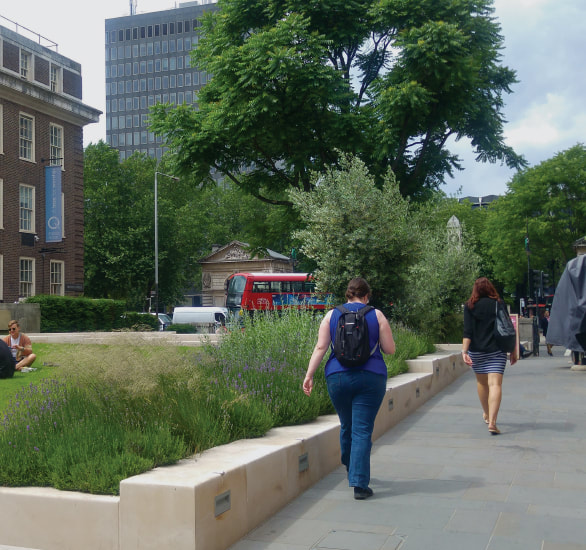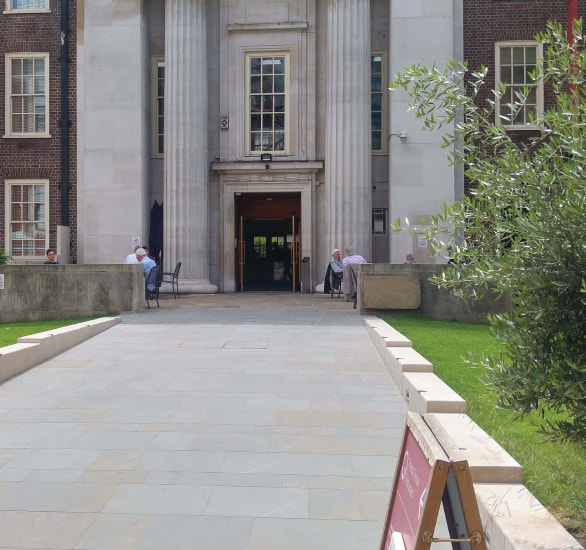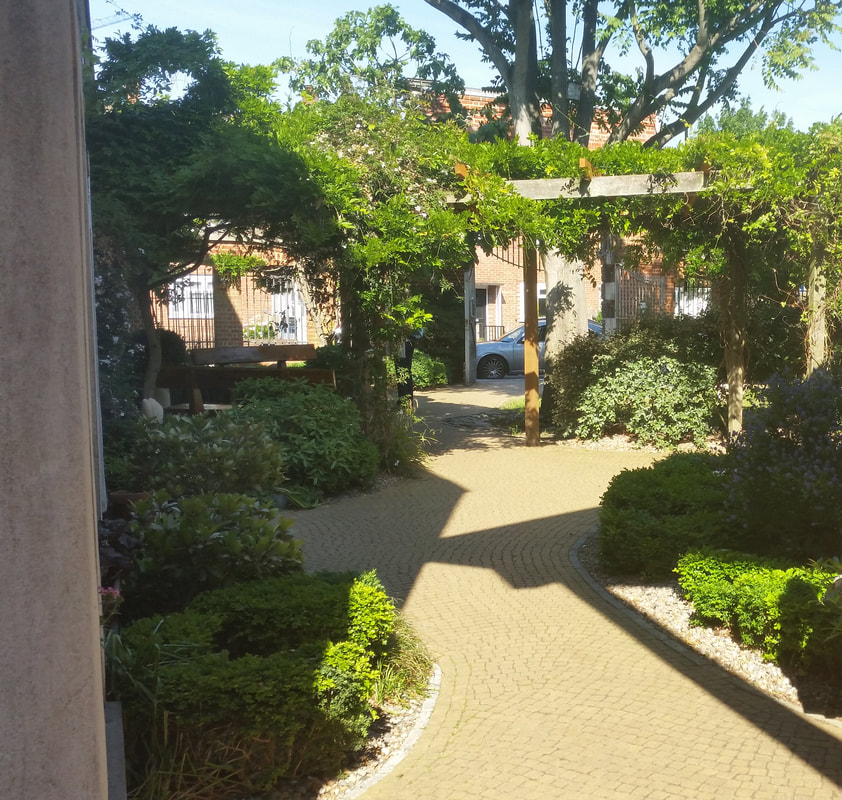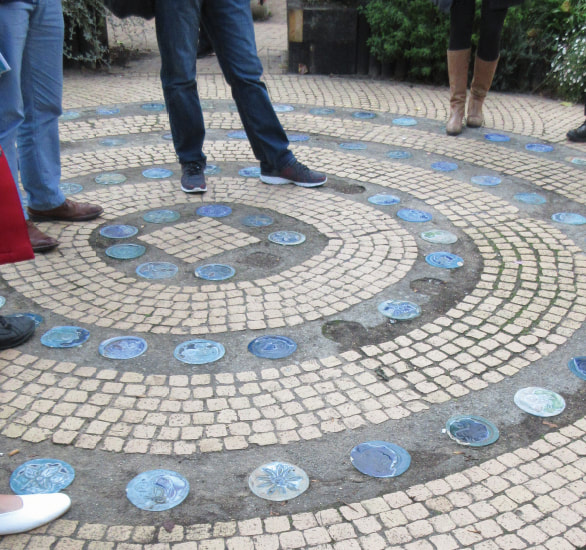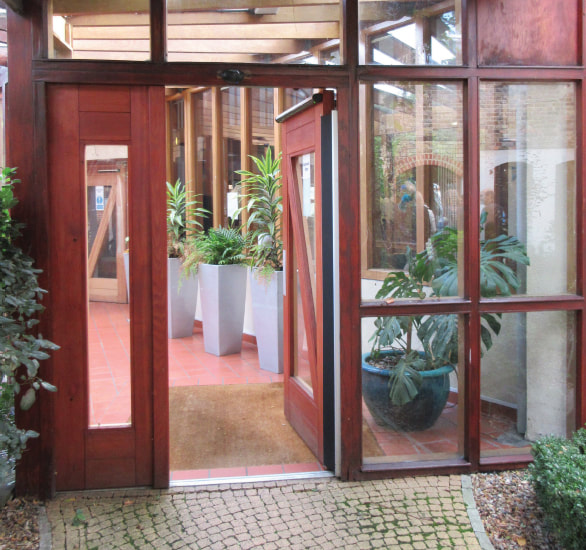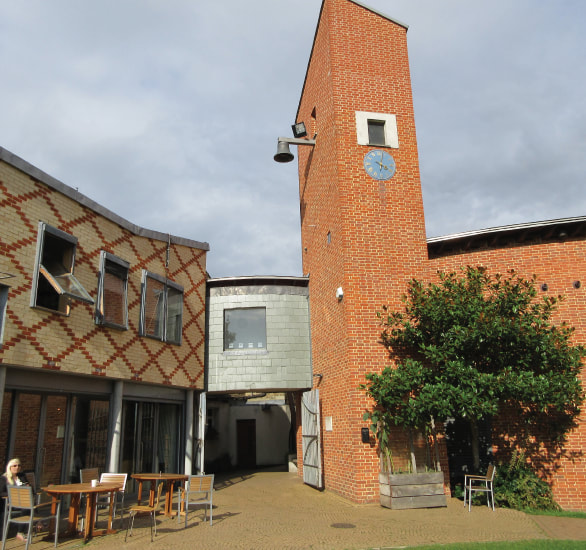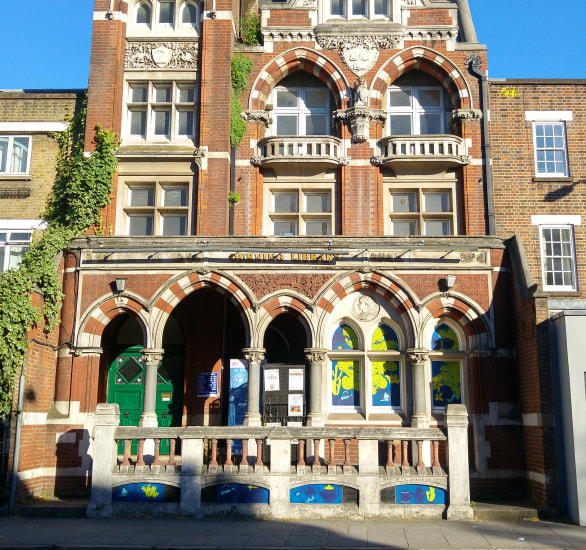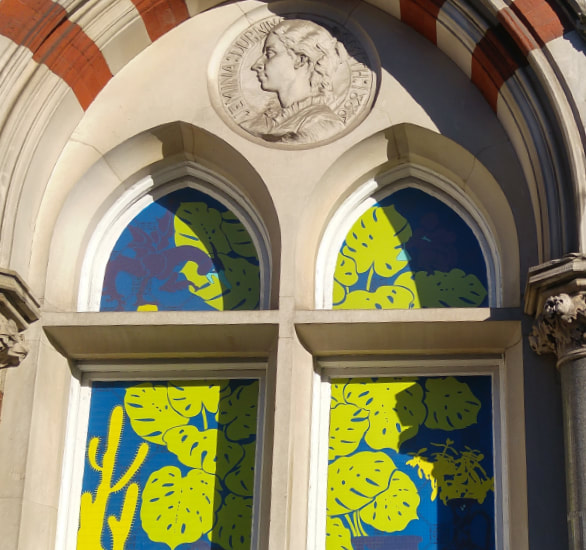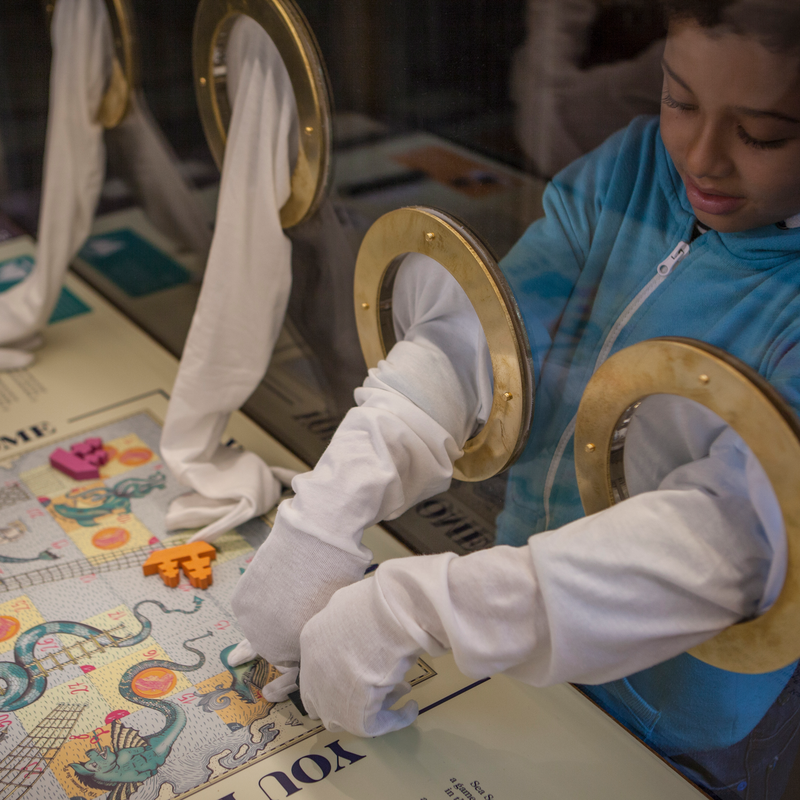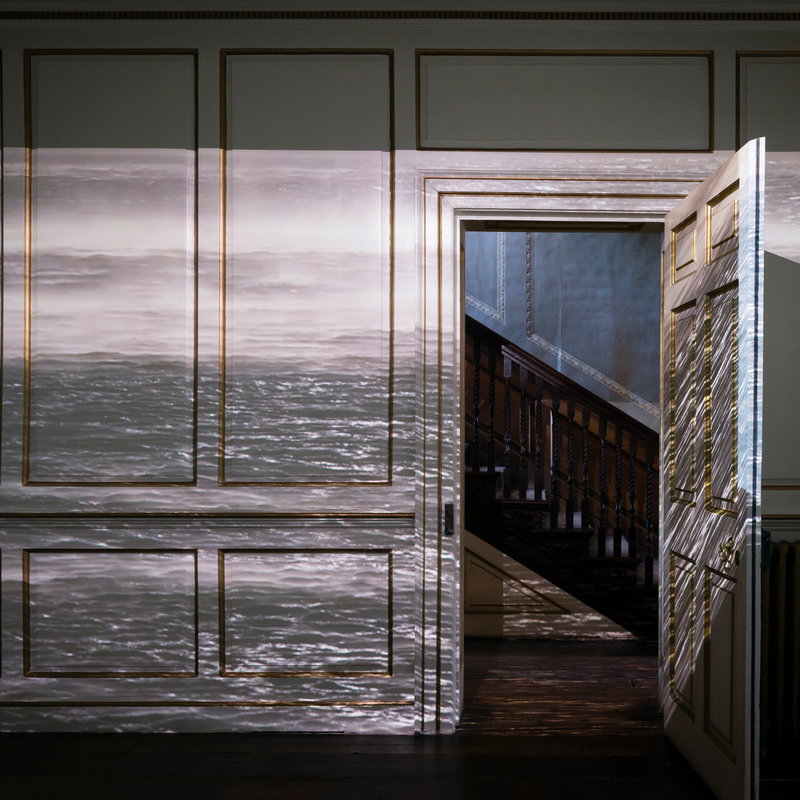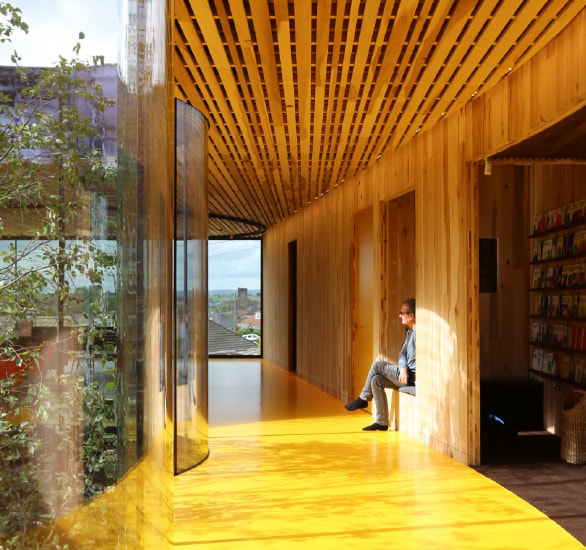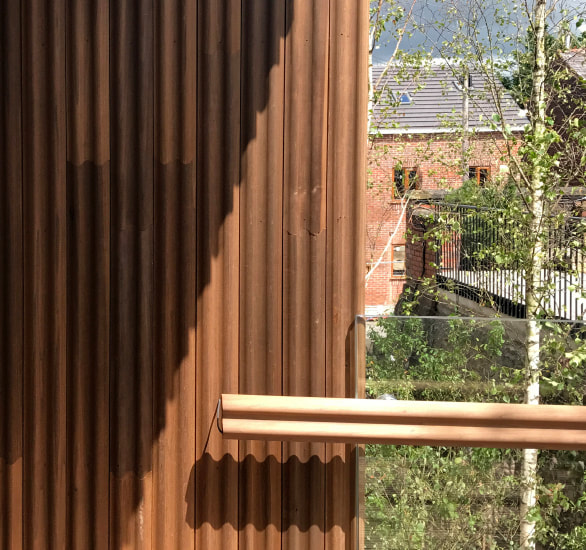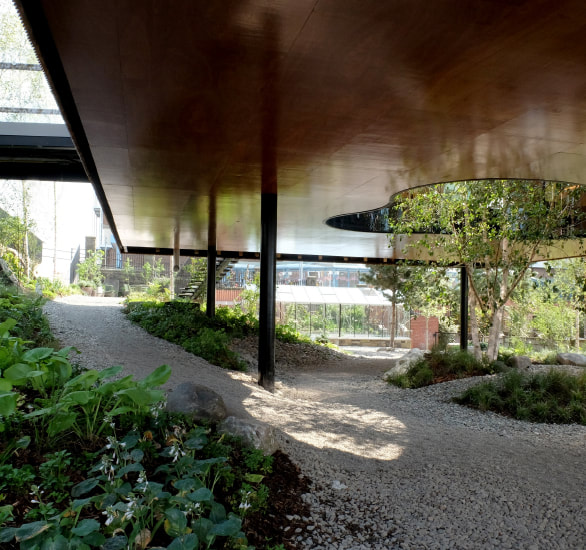|
|
Good access can make finding, using, and enjoying a building possible for a wider spectrum of people, can enhance the user experience of a building and can reduce risks relating to health and safety.
Great design that integrates good access can help buildings and spaces bring together the practical, the beautiful and the feeling of welcome to support people’s positive experience of a space. |
|
|
|
Examples |
|
|
|
|
Take a look at your building |
|
|
Looking at what’s there
|
Looking to the future
|
